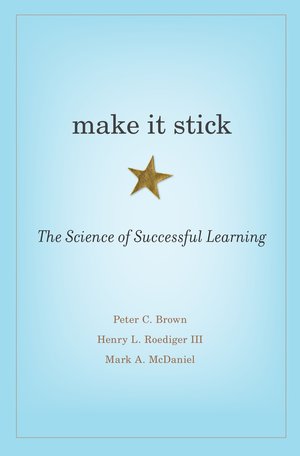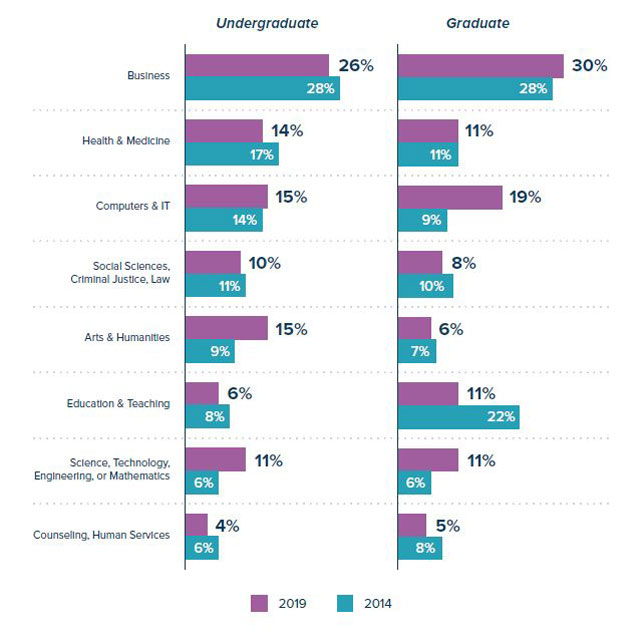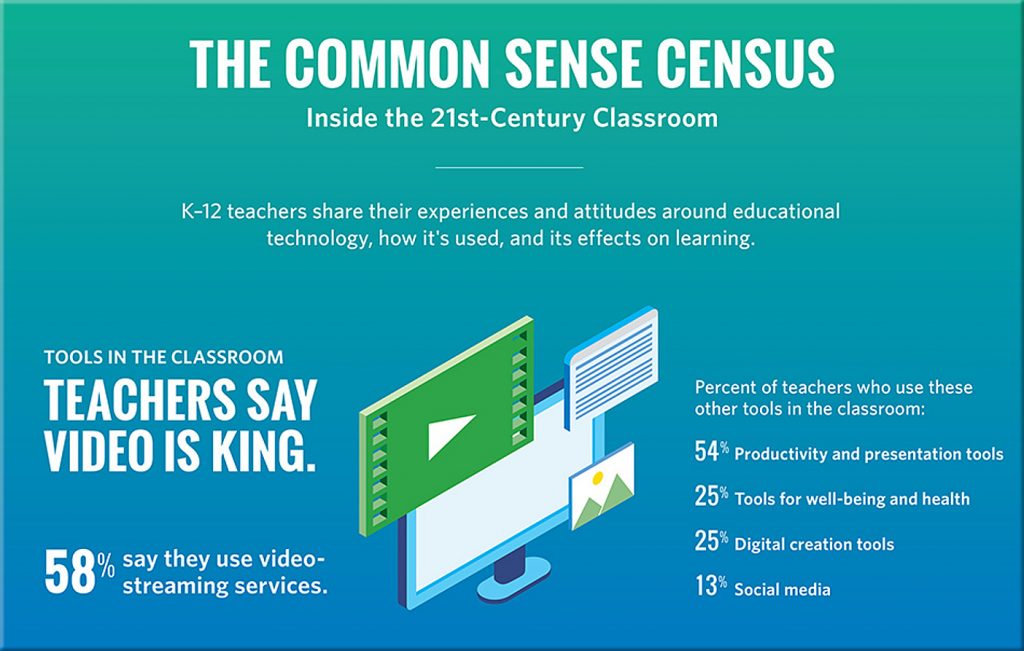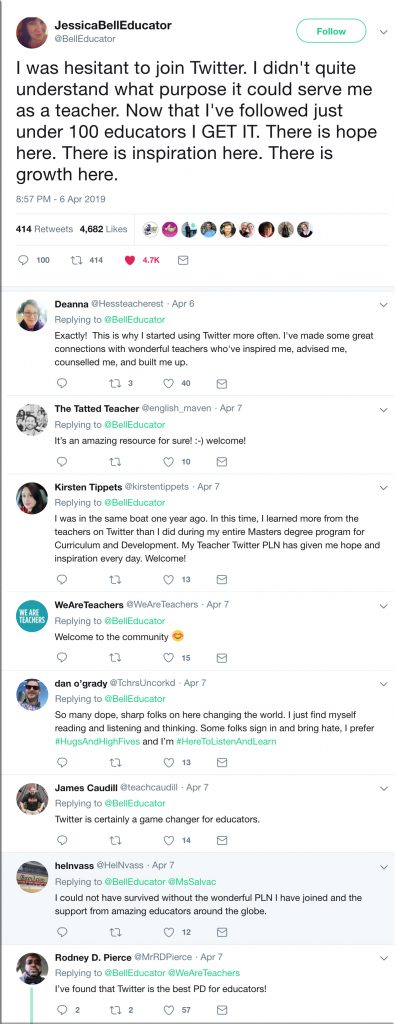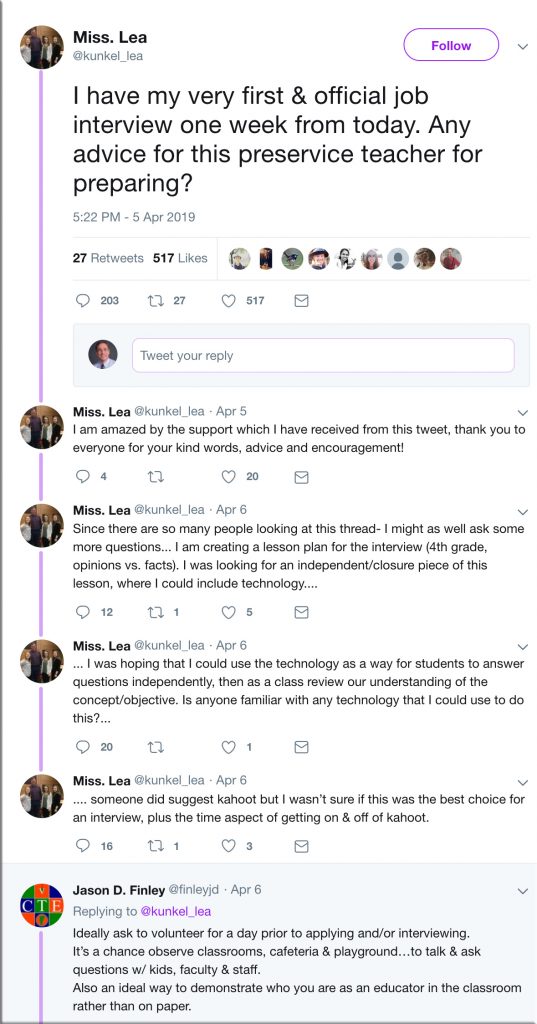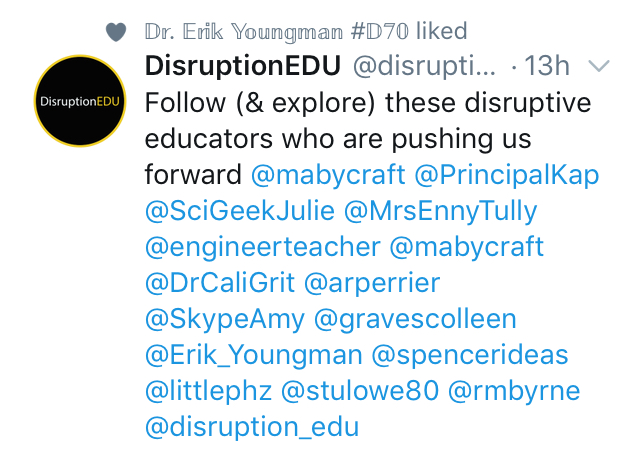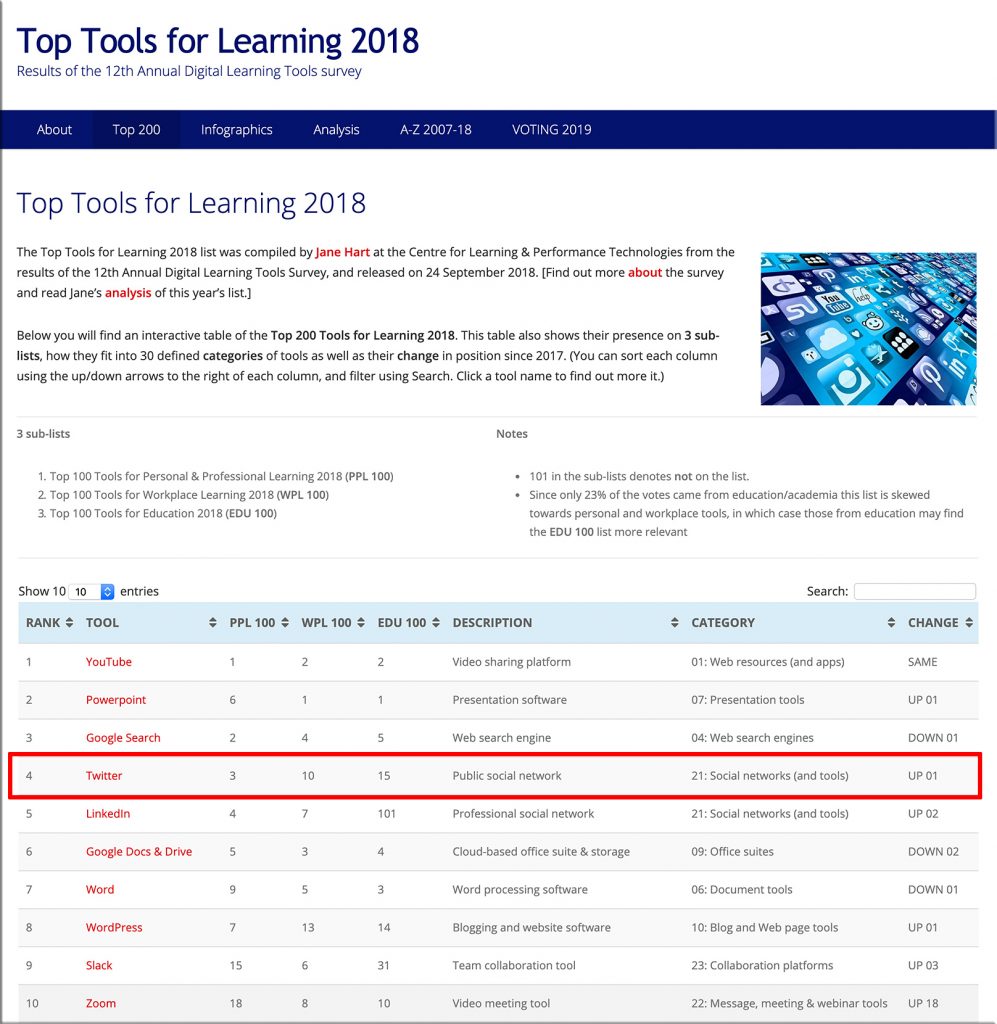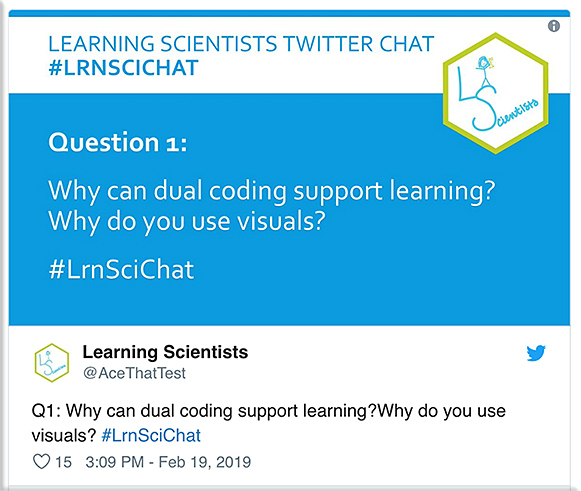As the microcredential market booms, don’t forget the learner — from edsurge.com by Kathleen deLaski
Excerpt:
While this system of microcredentials theoretically will make learning more affordable, portable and relevant, will a diverse range of learners know how and why to take advantage of it? And perhaps more importantly, will they trust it?
The simple answer: only if we intentionally focus on designing around that question.
Also see:
- The Learner Revolution — from eddesignlab.org
Reflections from five years of applied human-centered design at 100+ institutions
Excerpt:
Higher education is in the throes of a Learner Revolution that will fundamentally change the way students and institutions interact. We see the beginning of this movement now and will see all colleges and universities responding —- or not, at their peril — within a decade. Trends ranging from declining numbers of traditional students, to the rise of artificial intelligence, to the shrinking half-life of job skills have conspired toward this wake-up call moment for all but the most exclusive global higher education brands. At the same time, and partly because of the pressure, leaders are addressing the needs and goals of a changing student population. The calls for “student-centered” design can be heard throughout the ecosystem today, in a way that was just beginning when we started the Education Design Lab.
Colleges and universities must be much more deeply attuned to the twin pressures of learners’ decreasing appetite for debt and employers’ honing of their hiring requirements. That means, in part, an increasing focus on work-relevant skills and competencies—both technical skills and soft skills such as communication and systems thinking. Degrees as the most valuable workforce currency are beginning to give way to more nuanced competencies.
…
Yet, for the estimated three-quarters of students with at least one non-traditional characteristic, higher education has been in need of serious redesign for at least two decades.









